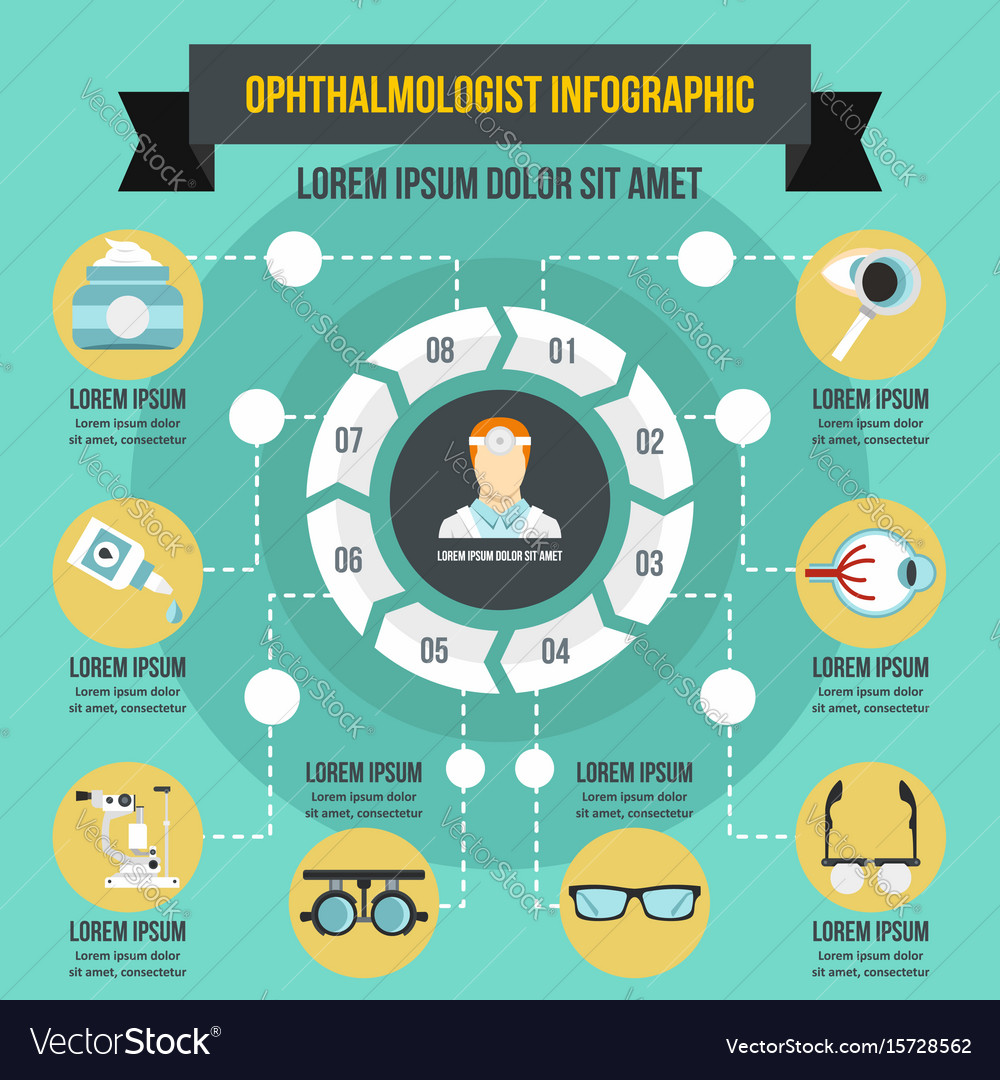Discover An Interesting Expedition Right Into The Background Of Cataract Surgery Methods That Are Changing The Area Of Eye Wellness
Discover An Interesting Expedition Right Into The Background Of Cataract Surgery Methods That Are Changing The Area Of Eye Wellness
Blog Article
Material Create By-Korsgaard Olson
As you explore the advancement of sophisticated cataract surgery methods, you'll witness a journey noted by ingenuity and accuracy. From cataract surgery at 90 that led the way for contemporary developments to sophisticated technologies that are changing the field, the thorough overview of cataract surgery methods is a testament to human progress and devotion to improving patient results. The detailed interaction between historic methods and futuristic advancements develops an appealing story that sheds light on the development of one of one of the most usual operations worldwide.
Historic Methods and Advancements
Discover just how very early specialists changed cataract therapy by utilizing ingenious strategies and devices. In the past, cataract surgical treatment was a dangerous and painful treatment. However, ancient Indian physicians were amongst the very first to try surgical interventions for cataracts, making use of a strategy called 'couching' where a sharp tool was made use of to press the cataract back right into the eye. This approach, though crude by today's criteria, laid the groundwork for future developments in cataract surgical procedure.
As time proceeded, Arab medical professionals made significant payments by creating specialized needles for cataract removal. These needles were used to puncture the cataract and then extract it from the eye, marking a substantial renovation in surgical precision.
Later on, in the 18th century, the French specialist Jacques Daviel originated the strategy of extracapsular cataract removal, where the entire lens was removed intact with a bigger laceration. This noted a significant innovation in cataract surgery methods, paving the way for the modern treatments we use today.
Modern Surgical Approaches
Early methods in cataract surgical treatment have advanced dramatically, resulting in the advancement of contemporary surgical approaches that focus on precision and enhanced client end results. Modern cataract surgical procedure now often involves a procedure called phacoemulsification, where an ultrasonic tool breaks up the cataract for removal with a little laceration. This method enables quicker healing and reduces the risk of problems contrasted to older techniques.
Furthermore, using advanced lasik vs cataract surgery (IOLs) has actually transformed cataract surgical treatment outcomes. These lenses can deal with not just the cataract however additionally various other refractive mistakes like astigmatism, lowering the requirement for glasses post-surgery.
Surgeons today additionally have accessibility to sophisticated imaging innovations that aid in precise preoperative planning and intraoperative decision-making. Optical comprehensibility tomography (OCT) and other imaging techniques supply comprehensive images of the eye's structures, allowing for a more individualized approach per person's surgery. With these advancements, modern cataract surgery techniques remain to enhance, using individuals safer procedures and far better visual results.
Emerging Technologies in Cataract Surgical Procedure
With innovations in modern technology changing the field, cataract surgery is witnessing the assimilation of ingenious techniques for boosted individual outcomes. Arising modern technologies in cataract surgical procedure are improving the landscape of sensory procedures. One such development is femtosecond laser modern technology, which allows for precise corneal lacerations, capsulotomies, and lens fragmentation, leading to enhanced surgical accuracy and outcomes.
Additionally, intraoperative aberrometry is obtaining appeal, allowing real-time dimensions of refractive errors throughout surgical treatment to improve intraocular lens power estimations and reduce postoperative refractive surprises.
Additionally, making use of sophisticated imaging innovations like optical comprehensibility tomography (OCT) and intraoperative wavefront aberrometry aids specialists in specific surgical planning and implementation. These devices give thorough anatomical information and assistance customize surgical approaches for each person's special eye characteristics.
Moreover, developments in artificial intelligence are being discovered to help in preoperative planning, intraoperative decision-making, and postoperative treatment, potentially enhancing medical outcomes and client complete satisfaction. Welcoming these arising innovations in cataract surgery holds promise for more boosting person results and guaranteeing the continued advancement of ocular medical techniques.
Verdict
As you journey with the history of cataract surgery, you witness the transformation from old practices to sophisticated modern technologies. Like a phoenix metro rising from the ashes, cataract surgery has actually evolved into a sign of hope and technology.
Just as a caterpillar arises from its cocoon as a stunning butterfly, cataract surgical treatment has actually progressed into a refined art form, offering people more clear vision and a brighter future.
The evolution continues, beaming a light on countless opportunities.
